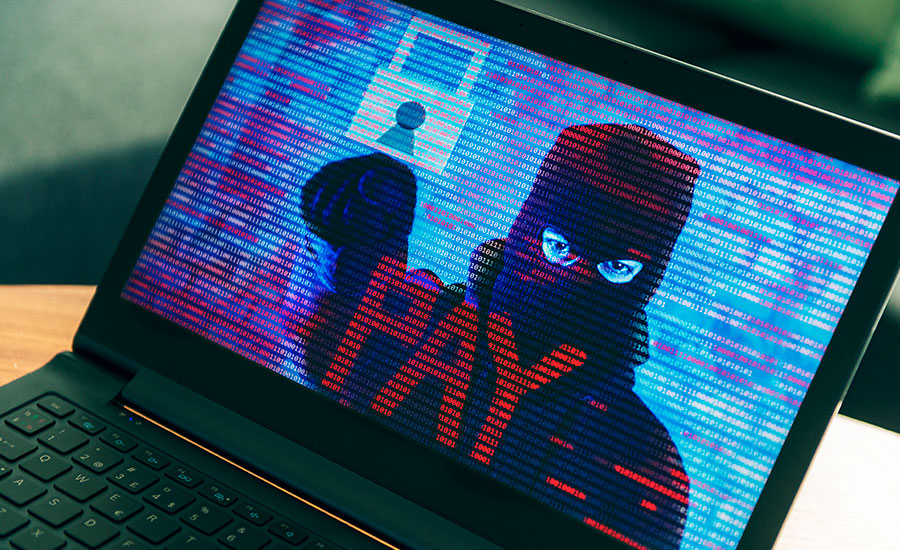Ransomware Outbreak Underscores the Need for Increasingly Essential Cybersecurity Practices

The ransomware crisis that swept the world last month highlights what we’ve known for years: The global IT infrastructure is incredibly vulnerable.
The malware known as WannaCry (also called WannaCrypt or Wana) is particularly pernicious because it uses a weakness found in older versions of Windows to transmit itself to other computers on the same local network, allowing it to spread very rapidly through vulnerable organizations.
However, media coverage of the attack has largely overlooked how this malware gets onto a computer in the first place. These attacks were almost certainly initiated by phish emails, and the recommendations to prevent WannaCry from the U.S. Computer Emergency Readiness Team (US-CERT) confirm this. The risk from phishing attacks can be greatly mitigated using proven email authentication standards that are supported by the world’s largest senders of email. But most enterprises have not yet implemented email authentication.
We need to address the root cause if we want to increase our resistance to future ransomware campaigns – and make no mistake, there will be more destructive attacks like this.
Think of the outbreak of any kind of malware as being like an epidemic. If the Centers for Disease Control were responsible for dealing with malware outbreaks, you can be sure that they would devote a lot of attention to finding “patient zero” and understanding the initial infection vector so that public health officials, doctors, and the public could work on preventing its spread. In the WannaCry attack, anyone who opens a phish email and clicks on the link is “patient zero” for their organization.
So yes, it’s critical to keep your operating systems up to date. (And if you’re still using Windows XP: For Pete’s sake, why?) But it’s also important to secure your organization against email-borne malware, including spam and phish emails.
The cornerstone of email defense should be implementing email authentication, via widely-accepted standards that greatly curtail the ability of bad actors to send fraudulent emails. Authenticating email means you know that a message really comes from who it appears to come from.
A comprehensive list of recommendations for avoiding ransomware would look something like this:
- Make sure your operating systems are up to date with the latest patches. If there’s an option to auto-update, enable it. If your organization needs to retain control over OS updates, that’s fine – but ensure that updates happen regularly and with minimal delay.
- As US-CERT recommends, enable email authentication via Sender Policy Framework (SPF), DomainKeys Identified Mail (DKIM), and Domain-based Message Authentication, Reporting, and Conformance (DMARC) to prevent e-mail spoofing.
- Enable strong spam filters to prevent emails with suspicious content from reaching end-users in your organization.
- Scan incoming and outgoing emails to prevent malicious code and suspect links from being transmitted to end users.
- Install and maintain anti-virus software on end-user machines and conduct regular scans.
- Implement a “least privilege” policy for all accounts and file-sharing. No one should get administrative access unless they absolutely need it.
- Educate end users to use caution when opening attached files or clicking on links in messages they receive. Teach them to be alert for giveaways that can reveal phish, such as typos or phrasing that seems slightly “off.” Teach them to examine the email address of the apparent sender carefully. Teach them to hover over links to reveal the destination URL before clicking on anything.
- Back up your data regularly, on an automated schedule, and make sure each new backup isn’t overwriting the one before it. Move backups offsite regularly using a 3-2-1 backup strategy.
This is by no means the biggest or most damaging attack we'll see; there will surely be more. Unfortunately, there are no silver bullets to prevent this kind of malware with 100% certainty.
But it's increasingly apparent that such attacks work because too many organizations fail to implement cybersecurity best practices. Email authentication would have prevented some, if not most of the targets from ever getting infected.
Properly patched and updated systems would have limited the spread within each organization. And frequent backups would have eliminated any damage.
These things can be done, today, without exotic or expensive security technologies. If recent events aren't enough to raise the urgency around basic security practices, we could be facing far worse in the future.
Looking for a reprint of this article?
From high-res PDFs to custom plaques, order your copy today!






